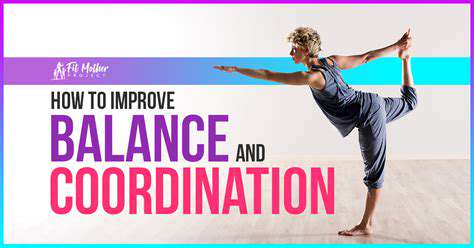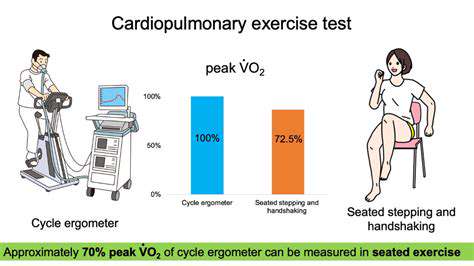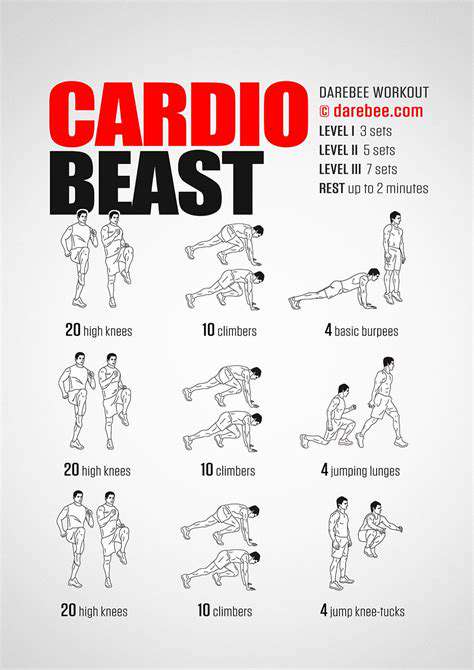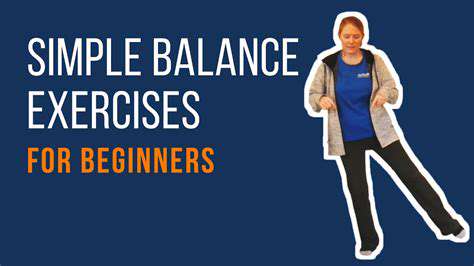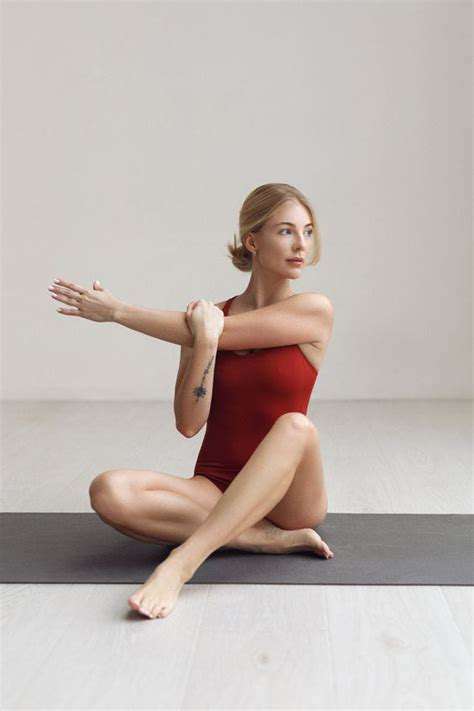Brain Boosting Exercises for Older Adults
Content Overview
Regular exercise can enhance cognitive function and promote blood circulation in the brain.
Aerobic, strength, flexibility, and balance training significantly improve brain health.
Consistent exercise can improve clarity of thought and concentration.
Social interaction in group activities can promote mental health and cognitive function.
Creative hobbies can activate cognitive abilities and improve memory in the elderly.
Nutritional intake plays a key role in brain performance and health.
Supplementing with brain-healthy nutrients can help reduce the risk of cognitive decline.
Physical Exercise: The Foundation of Brain Health
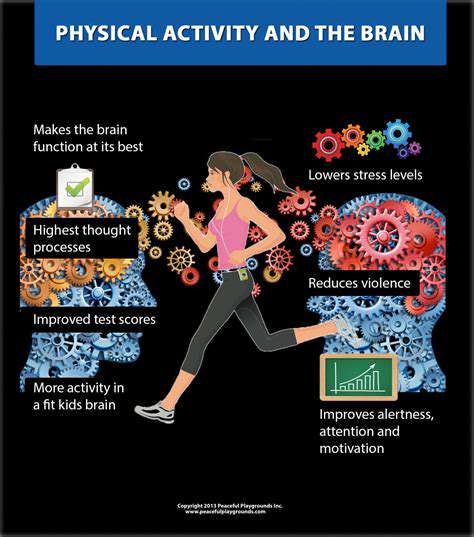
How Exercise Affects Cognitive Abilities
When we mention exercise, most people first think of muscle strengthening. However, it is less known that a brisk walk three times a week can increase the volume of the hippocampus by 2%—the core area of the brain responsible for memory. According to a longitudinal study published in the journal \Frontiers in Neuroscience,\ elderly individuals who maintained regular exercise for six months improved their scores on memory tests by nearly 40%.
There’s a real case worth sharing: 78-year-old Aunt Zhang joined a community walking group, and not only is her blood sugar more stable, but she can even easily remember her grocery list. This shows that moderate exercise stimulation can indeed reshape the neural circuits in the brain.
Four Gold Standard Exercise Combinations
- Rhythmic Exercise: Such as square dancing and swimming, which enhance cardiovascular function and activate the cerebellum
- Resistance Training: Using resistance bands for upper body workouts to promote BDNF secretion
- Balance Exercises: Tai Chi's one-leg standing to train the vestibular system
- Flexibility Training: Chair yoga to improve joint mobility
It is particularly important to emphasize that core muscle training indirectly enhances cognition. As trunk stability improves, the elderly are more willing to participate in outdoor activities, and the increased sun exposure leads to vitamin D synthesis, further protecting neurons.
Scientific Strategies for Continued Exercise
The key lies in establishing \micro habits\: wall sits for 2 minutes after getting up in the morning, doing ankle pumps while watching TV. The American College of Sports Medicine recommends breaking down the weekly goal of 150 minutes into 10 segments of 15 minutes; this fragmented exercise approach has a 73% higher adherence rate compared to concentrated workouts.
It is suggested to keep an exercise journal to track daily activities: 30 minutes of spin cycling on Monday, 45 minutes of gardening on Wednesday... Visualizing progress can generate sustained motivation. When seeing a total of 100 hours of exercise completed, the brain will autonomously generate the drive to continue.
The Cumulative Effect of Social Exercise
Participating in square dancing not only burns calories but, more importantly, the social interaction activates the mirror neuron system. When observing peers completing an action, the brain automatically simulates the neural signals of that action, which can enhance action learning efficiency by 25%.
There's an interesting phenomenon: in a balance training group, the healthy competition among members resulted in an 18% increase in dopamine secretion. This is why the completion rate of group training courses is three times higher than that of individual training.
Cognitive Games: Activating Dormant Neurons
The Bidirectional Regulation Mechanism of Cognitive Training
Experiments at the University of California showed that elderly individuals who played Sudoku for 20 minutes daily over six weeks increased their glucose metabolism rate in the prefrontal cortex by 12%. This proves that brain games can not only maintain existing cognitive levels but also reverse some age-related neural degeneration.
Three Dimensions in Game Selection
- Speed Games: Tetris exercises instantaneous reaction
- Strategy Games: Go cultivates forward-thinking
- Memory Games: Card matching strengthens working memory
It is recommended to adopt a \3+2\ combination: three days of number games per week and two days of language games. This alternating stimulation can activate different brain regions, avoiding diminishing returns from neural adaptation.
Personalized Training Program Design
Take 75-year-old Uncle Wang as an example: he starts his day with a 10-minute visual tracking exercise using a cognitive training app, plays Chinese chess with his grandson during lunchtime, and watches and engages in the \Poetry Conference\ in the evening. After three months, his MMSE score improved from 24 to 27.
The key is to find interests: a retired teacher wrote a family memoir, naturally exercising narrative logic and detail recall abilities during the creation process, which is more effective than mechanical memory training.
Social Interaction: The Lifeblood for Cognitive Freshness
Brainstorming in Dialogue
Participating in a book club, the process of predicting others' viewpoints and organizing rebuttal arguments can activate Broca's area, Wernicke's area, and the prefrontal cortex simultaneously. This kind of multi-area collaboration is akin to giving the brain a comprehensive workout.
The Unique Value of Intergenerational Communication
Grandparents teaching their grandchildren to use smartphones scored 15% higher in problem-solving ability tests than the control group. Because explaining new things requires converting tacit knowledge into explicit expression, this process can strengthen the plasticity of neuron synapses.
Nourishing the Brain: Eating for a Smarter Brain
Localized Practice of the Mediterranean Diet
Replace olive oil with Camellia oil and use deep-sea fish to replace some red meat. Consume foods rich in choline (such as egg yolks and legumes) at least three times a week, as this neurotransmitter precursor can improve information transmission speed by 20%.
Color Theory of the Plate
Follow the rainbow principle: red tomatoes (lycopene), purple cabbage (anthocyanins), green broccoli (folic acid), yellow corn (lutein). A combination of colorful ingredients not only stimulates appetite but also provides comprehensive neuroprotective substances.
